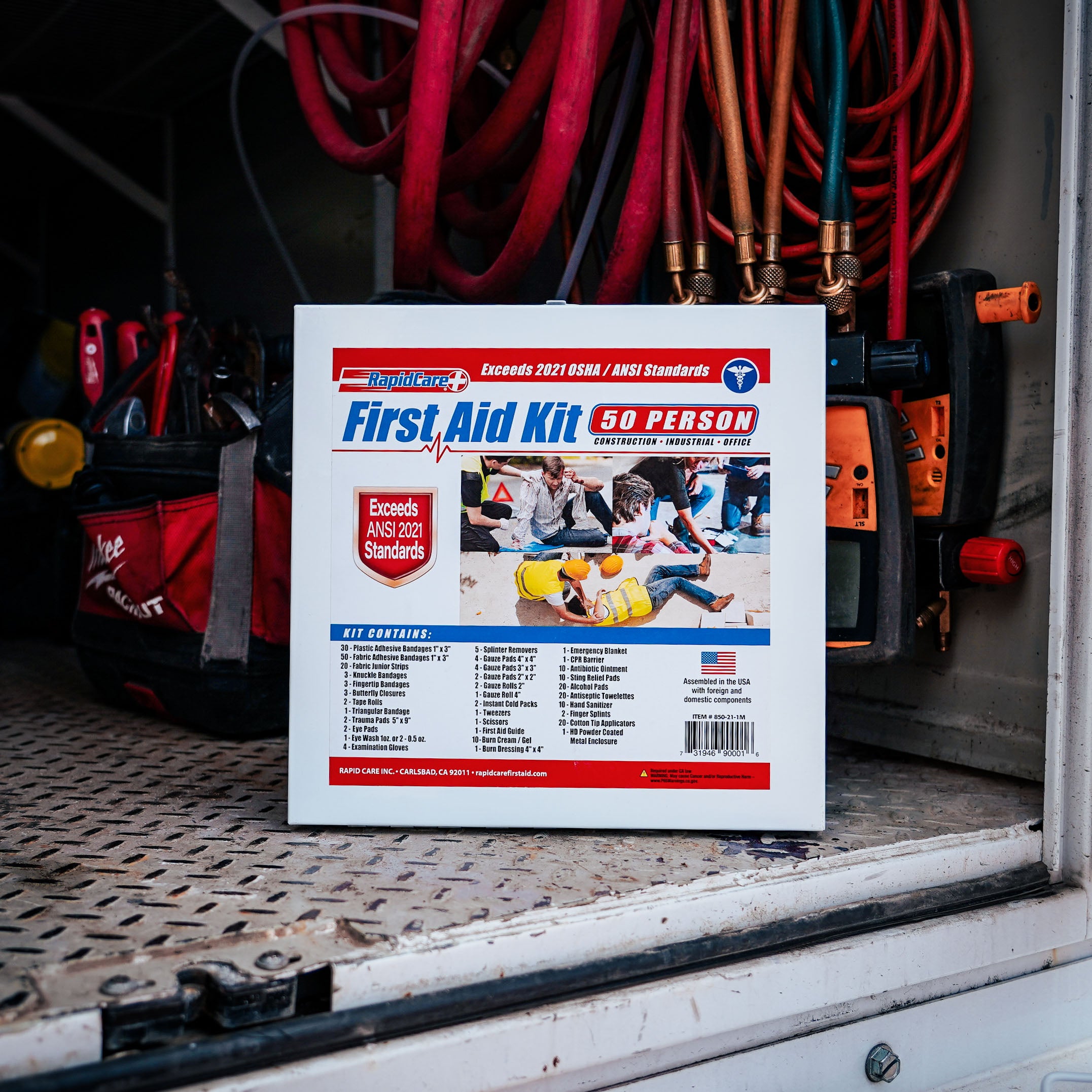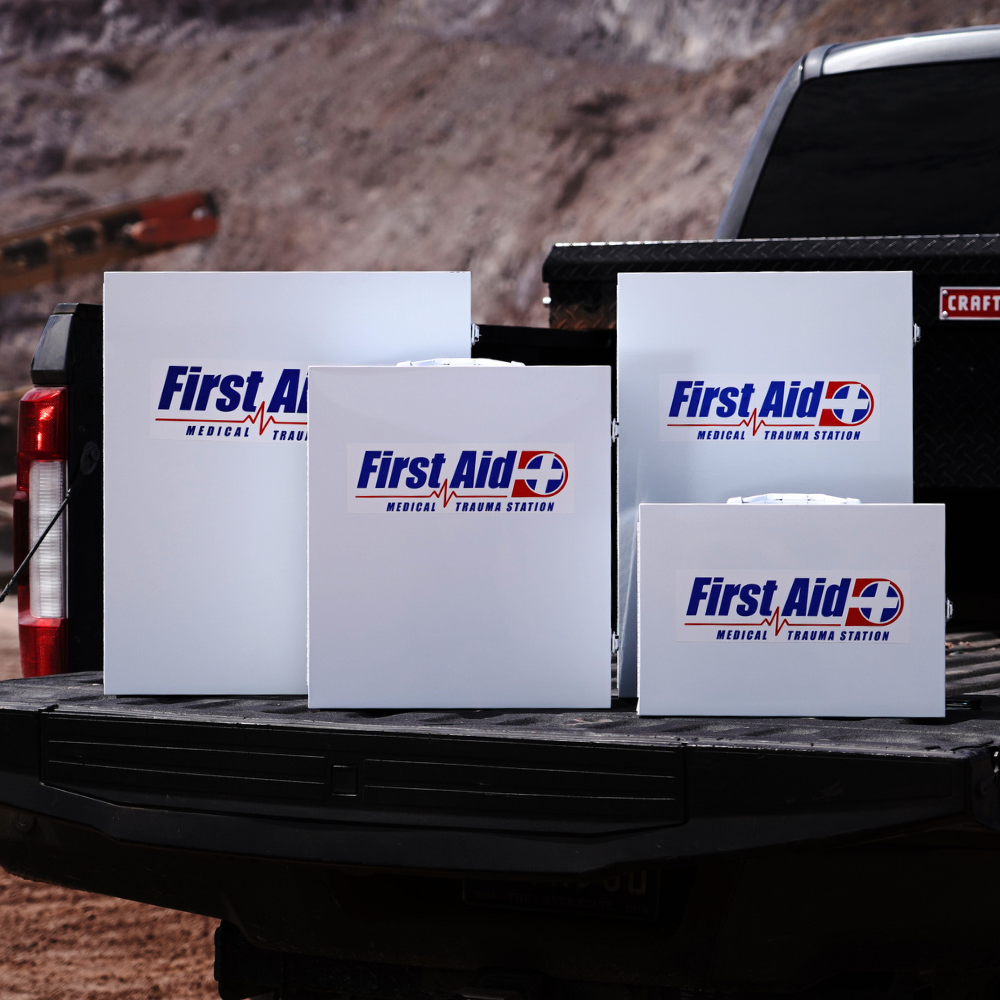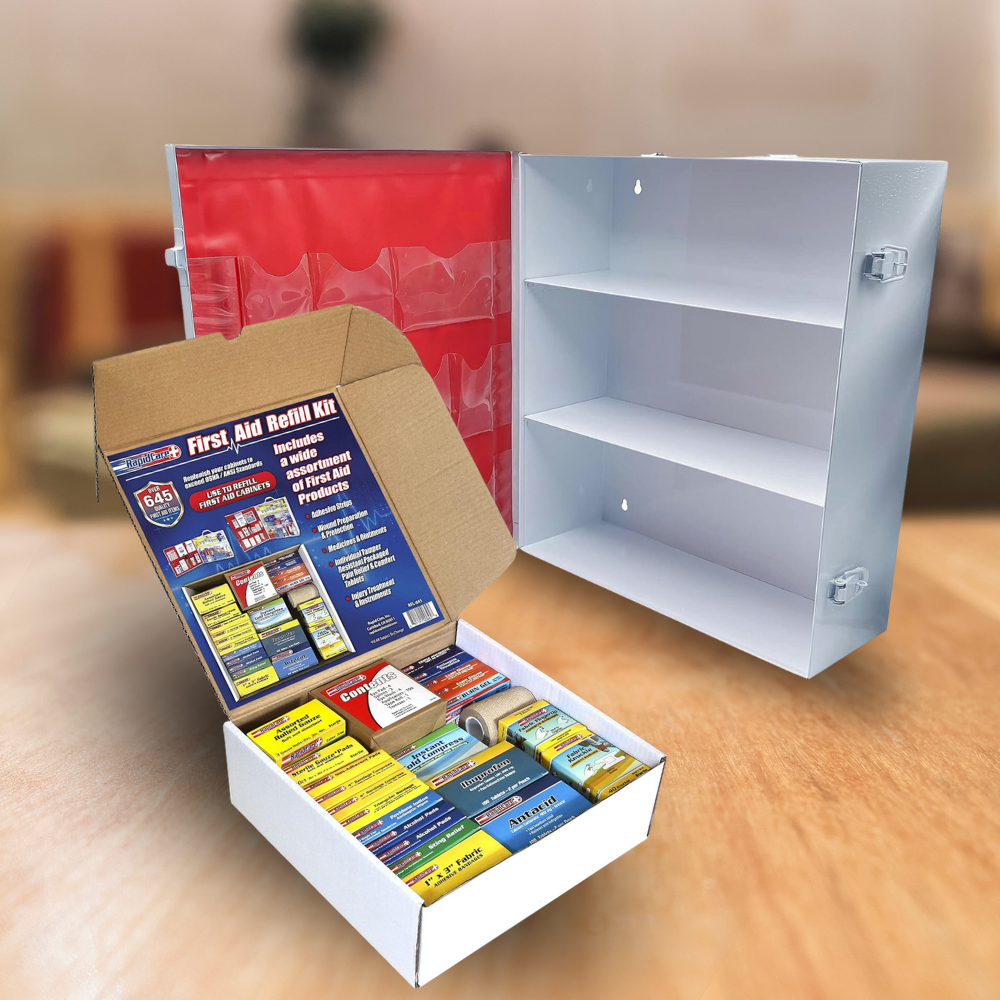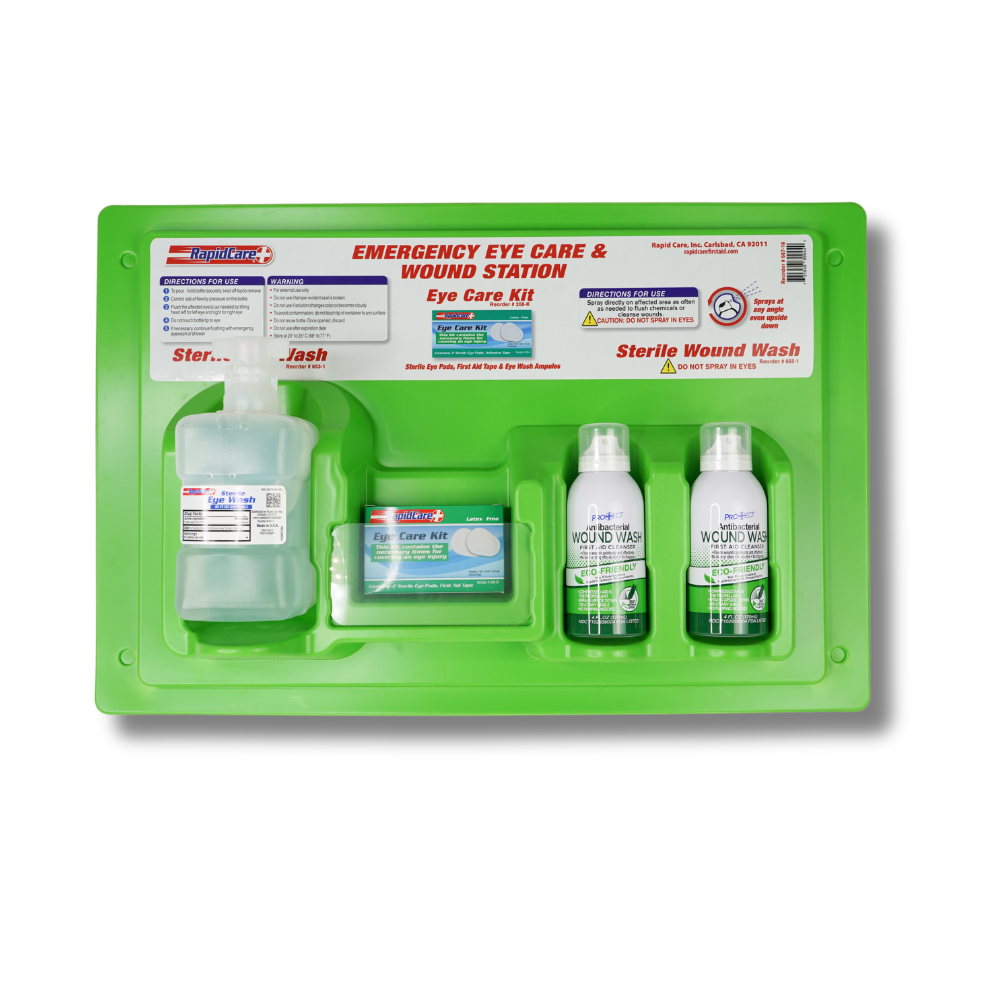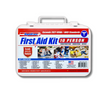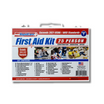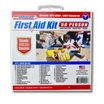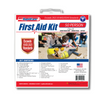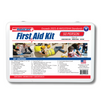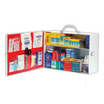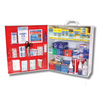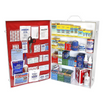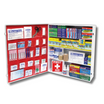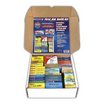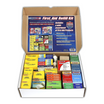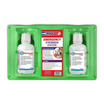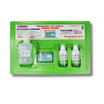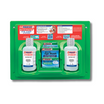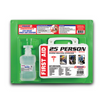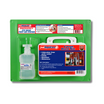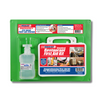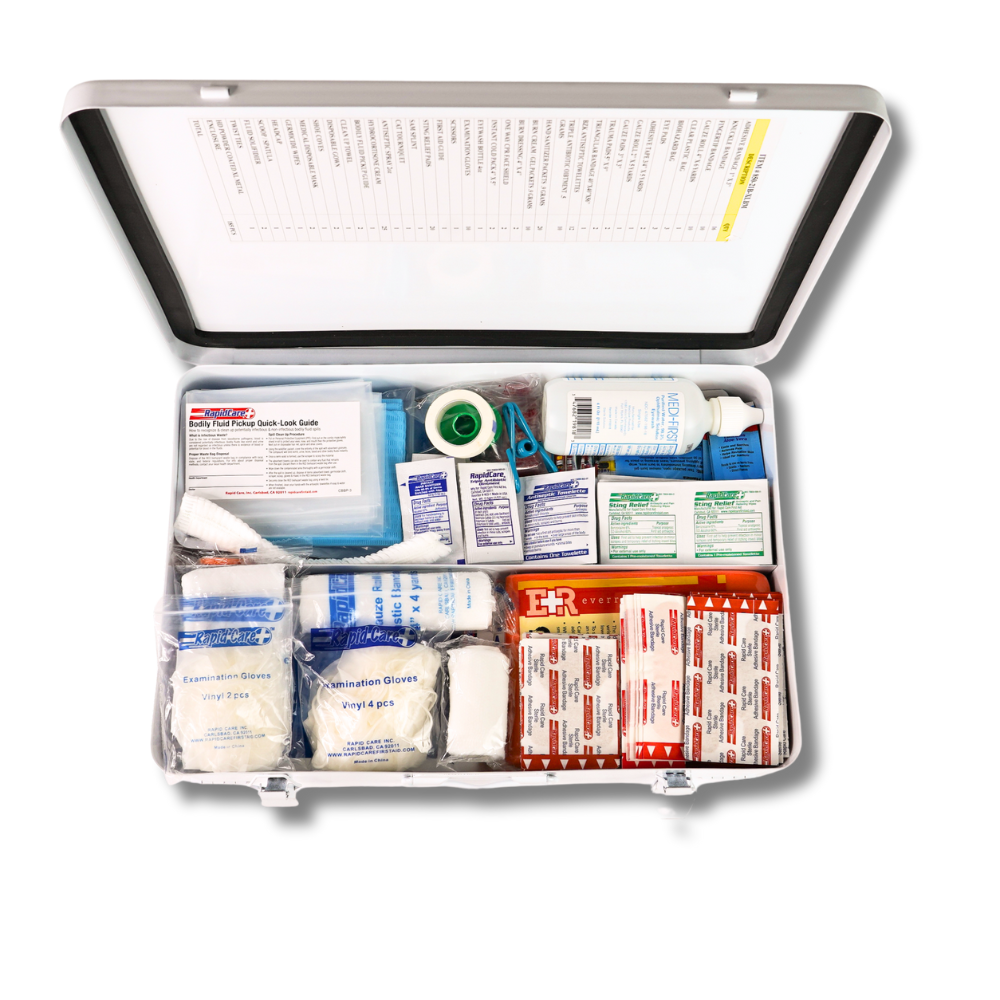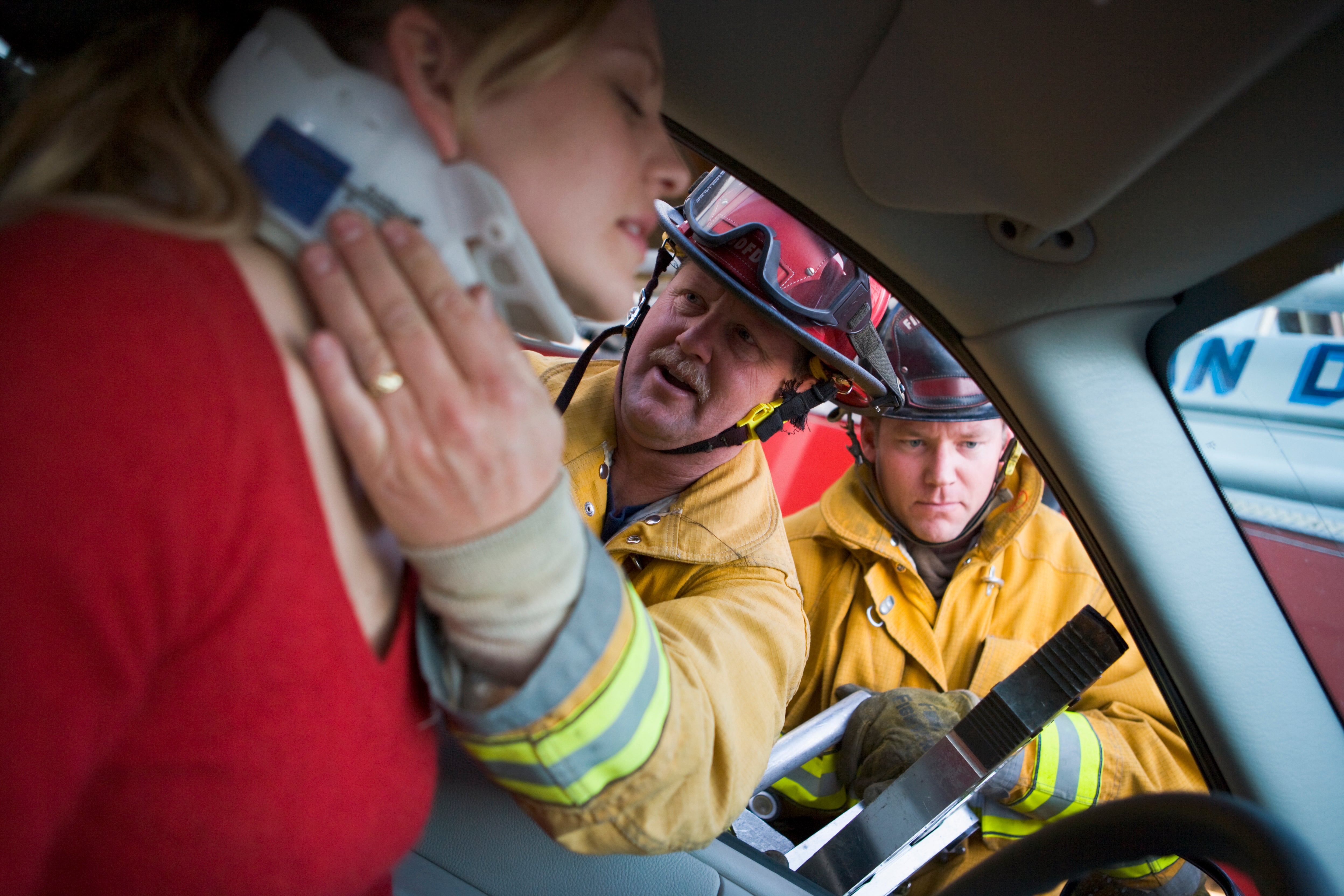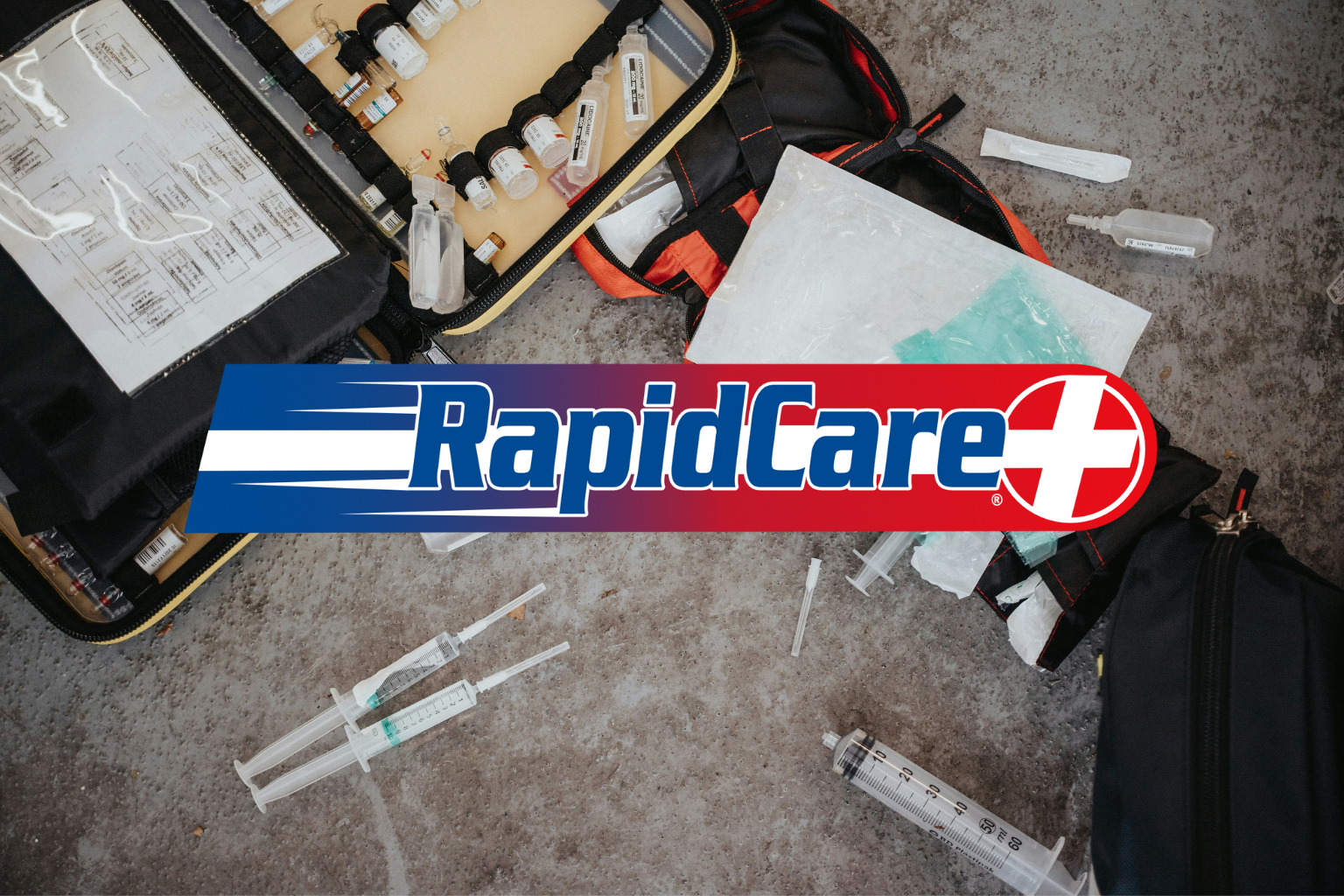Meeting the ANSI First Aid Kit Requirements is crucial for ensuring workplace safety, acknowledging that accidents can happen despite dedication to safety protocols. Being prepared to promptly address injuries is essential, and first aid kits play a vital role in this initial response.
Understanding the significance of these kits, it is imperative to consider the American National Standards Institute (ANSI) requirements as an integral part of workplace health and safety. Employers need to be equipped to handle minor injuries promptly, preventing them from escalating into more serious issues.
There are two main types of first aid kits, Class A and Class B, each designed to address specific workplace injury scenarios. Class A kits cater to common injuries, while Class B kits are more extensive and include additional tools like splints and tourniquets.
First aid kits not only provide the tools to respond to accidents but also need to be easily accessible. ANSI guidelines categorize kits into types based on their use and environment, ensuring that they are strategically placed for quick access.
Apart from complying with federal ANSI standards, a well-stocked first aid kit also reflects a commitment to employee safety, fostering stronger relationships, higher engagement, and lower turnover rates.
Regarding OSHA standards, while there are guidelines for the storage and usage of first aid kits, they don't mandate having one. However, specific industries such as general, maritime, and construction have distinct guidelines. OSHA emphasizes the importance of having trained personnel capable of providing first aid in emergencies.
Annual inspections of first aid kits are crucial to ensure compliance with workplace health and safety hazards. These inspections assess the adequacy of supplies and the training of personnel, aligning with ANSI guidelines.
The minimum requirements for workplace first-aid kits, as outlined by ANSI, include items like adhesive bandages, antiseptics, burn dressings, and medical exam gloves. While not mandatory unless adopted by OSHA, employers may need to adjust these requirements based on the size of their company and employee base.
Ensuring workplace safety goes beyond mere commitment; it requires preparedness for unforeseen accidents. When it comes to providing immediate medical attention to injured employees, the cornerstone of your first-line defense is a well-equipped first aid kit.
These kits are essential for responding quickly to moderate injuries, allowing you to address cuts, bleeding, and wounds before seeking additional medical services. Recognizing their importance, it is crucial to adhere to the first aid kit requirements set by the American National Standards Institute (ANSI) as a fundamental aspect of workplace health and safety.
The significance of having a workplace first aid kit becomes apparent when considering that many injuries are minor and can be effectively handled with the right supplies. There are two main types of first aid kits: Class A, which caters to common workplace injuries, and Class B, designed for more specific and complex injuries.
In addition to the ANSI compliant supplies, the Class A kit must meet specific quantities specified in ANSI/ISEA Z308.1-2021, ensuring it is equipped to address various injuries. Class B kits, while containing the same supplies in greater quantities, also require additional tools like a splint and a tourniquet.
Having the tools in a first aid kit is essential, but their accessibility is equally crucial. ANSI provides guidelines for different types of first aid kit containers, tailored for indoor, portable, and outdoor settings, ensuring they are strategically placed for quick access.
Beyond meeting compliance requirements, a well-stocked first aid kit communicates to employees that their safety is a priority. This investment in their well-being can strengthen relationships, boost engagement, and reduce turnover rates.
While the Occupational Safety and Health Administration (OSHA) doesn't mandate the presence of a first aid kit, it provides guidelines for storage, usage, and inspection. Specific industries have distinct OSHA guidelines, emphasizing the importance of trained personnel capable of providing first aid.
Annual inspections of first aid kits are essential to ensure they meet workplace health and safety standards. These inspections not only assess the adequacy of supplies but also ensure personnel are properly trained, aligning with ANSI guidelines.
The minimum requirements for workplace first-aid kits, outlined by ANSI, include various supplies such as adhesive bandages, antiseptics, burn dressings, and medical exam gloves. While not mandatory unless adopted by OSHA, employers may need to tailor these requirements based on the size and specific needs of their company.
Head To Rapid Care First Aid to get your own 2021 Class B First Aid Kits!

